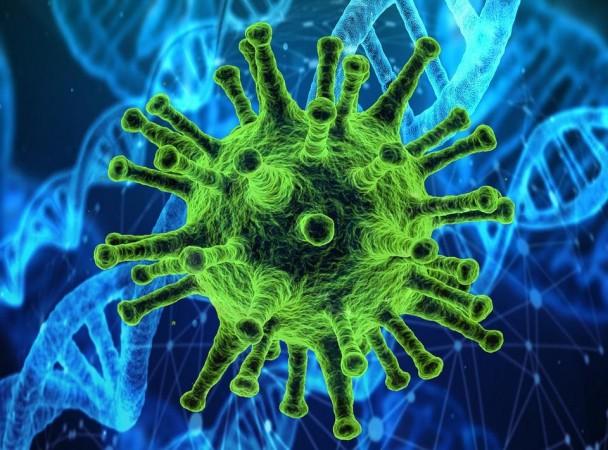The role of contaminated surfaces in spreading the SARS-CoV-2 coronavirus has been a debated topic over the course of the COVID-19 pandemic. While some studies state that it does contribute to the transmission of the pathogen, some have questioned it. However, this association holds principal importance in hospitals as fears surrounding spread among inmates due to surface contamination are still rampant. Now, a new study has confirmed that there is a low likelihood of hospital surfaces contaminated with the virus being infectious.
Published in the journal PLOS ONE, the study is an original report by researchers from the University of California-Davis Health (UC Davis). It is based on the recovery of near-complete genome sequences of the SARS-CoV-2 virus from surface swabs. "Our team was the first to demonstrate that SARS-CoV-2 virus sequences could be identified from environmental swabs collected from hospital surfaces," said Dr. Angela Haczku, senior author on the study, in a statement.
Investigating Role of Fomites

The capacity of fomites—materials or objects or surfaces that can harbor pathogens—in the transmission of the virus had been a widely contested subject. Many studies have found that the SARS-CoV-2 can survive on different materials for extended periods of time; from days to weeks. Nevertheless, a consensus on the ability of fomites in transmitting the infection has been evasive.
There have been several reports of COVID-19 outbreaks in nursing homes and among hospital staff in several parts of the world. One such outbreak in April 2020 among hospital personal at the 625-bed UC Davis Medical Center stirred an interdisciplinary team of scientists into action. They delved deep into ascertaining whether there was a contamination of the virus in surfaces that were frequently used in 'in patient' care such as the ICU, and staff meeting areas at the center.
Looking for SARS-CoV-2
For the study, the authors collected multiple samples from surfaces and HVAC (Heating, ventilation, and air conditioning) filters in the academic health center. It was done in two phases—during the first and second waves of COVID-19. The first was in April 2020 and the second in August 2020. The team investigated surface swabs for the presence of the novel coronavirus' RNA and infectivity. They also analyzed whether the RNA was suitable for sequencing.

It was found that although there was a significant rise in the number of COVID-19 patients during the second wave or surge, only 2 percent of the swabs tested positive for the coronavirus in August. This was in comparison to the 11 percent of positive samples obtained in April. "The reduction in the virus contamination was likely due to improved ICU patient management and cleaning protocols," noted Dr. Haczku.
Despite recovering near-complete genome sequences, none of the positive samples—11 out of 224—led to cytopathogenic effects in cultured cells. This suggests that the genomes were not linked with complete viruses, or their numbers were insufficient to result in infectivity. Phylogenetic analysis(the study of the evolutionary history of the pathogen) indicated the source of the viral genomes were hospitalized patients.
Contaminated But Not Infectious
The authors evidenced that through the utilization of genome sequencing, coronavirus in samples that tested negative in gold-standard RT-PCR (Reverse transcription-polymerase chain reaction) tests, can also be detected. The study also established that the RNA of SARS-CoV-2 obtained from surfaces—despite containing genomic sequences that were nearly intact—was not contagious. Therefore, the findings of the research strengthen the hypothesis that contaminated surfaces may not serve as a major route of COVID-19's spread.

"For the first time, to our knowledge, we were able to determine the viral genome sequence from surface swab samples obtained in a hospital environment. We found SARS-CoV-2 in samples that were tested negative by RT-PCR, suggesting that the sequencing technology is superior for virus detection in environmental samples," highlighted Dr. David Coil, first author of the study.
He emphasized that subjecting surface swab samples to genome sequencing was vital. The identifying precise viral genomic sequences helped the team determine the source of the virus and the movement of the infection. "Our data indicated that the sequences determined for the viral RNA from surfaces were identical to the ones derived from the patients hospitalized in the ICU at the time of sample collection. The ability to identify viral genome sequences from environmental samples may have high public health significance in outbreak surveillance and monitoring the spread of new viral variants," concluded Dr. Haczku.














